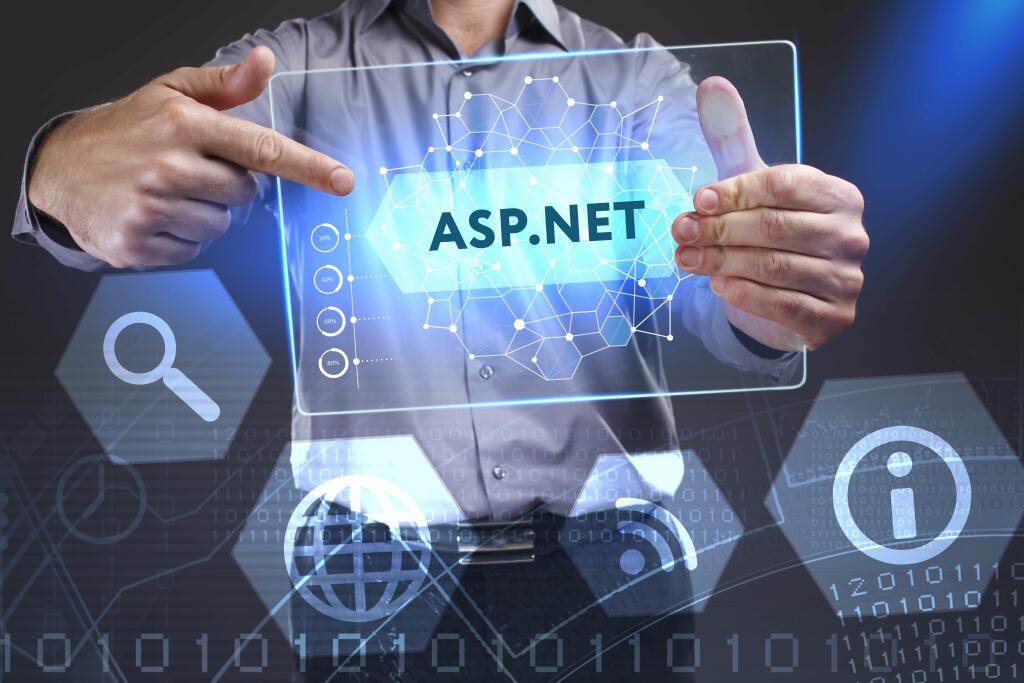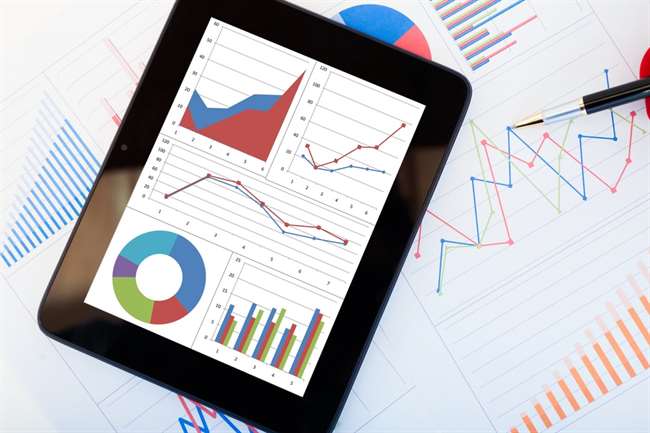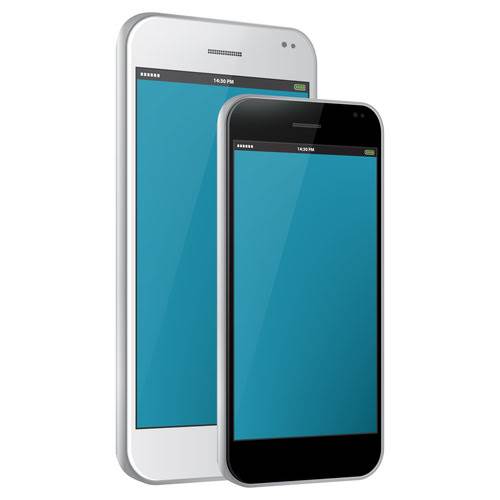Content
It can help in taking faster decisions and save money with Real-Time Data Analytics. It can also be used for scheduling repair and maintenance activities in an efficient manner, by coordinating tasks between different service providers and users of these facilities. IoT devices can also be used to control critical infrastructure like bridges to provide access to ships. Definition of an IoT platform Usage of IoT devices for monitoring and operating infrastructure is likely to improve incident management and emergency response coordination, and quality of service, up-times and reduce costs of operation in all infrastructure related areas. Even areas such as waste management can benefit from automation and optimization that could be brought in by the IoT.

French company, Sigfox, commenced building an Ultra Narrowband wireless data network in the San Francisco Bay Area in 2014, the first business to achieve such a deployment in the U.S. It subsequently announced it would set up a total of 4000 base stations to cover a total of 30 cities in the U.S. by the end of 2016, making it the largest IoT network coverage provider in the country thus far. Cisco has started deploying technologies for Smart Wi-Fi, Smart Safety & Security, Smart Lighting, Smart Parking, Smart Transports, Smart Bus Stops, Smart Kiosks, Remote Expert for Government Services and Smart Education in the five km area in the city of Vijaywada, India.
IoT platforms provide a head start in building IoT systems by providing built-in tools and capabilities to make IoT easier and cheaper for businesses, developers, and users. A piece of IoT device hardware with supporting software already installed and configured for a manufacturer’s use as the basis of a new IoT device. An IoT platform might also offer third-party services or applications, or a software development kit to help expedite IoT application development. Detecting flaws that lead to such states, requires a holistic view of installed apps, component devices, their configurations, and more importantly, how they interact. Recently, researchers from the University of California Riverside have proposed IotSan, a novel practical system that uses model checking as a building block to reveal “interaction-level” flaws by identifying events that can lead the system to unsafe states.
Iot Platforms Market Report 2021
Also known as IIoT, industrial IoT devices acquire and analyze data from connected equipment, operational technology , locations, and people. Combined with operational technology monitoring devices, IIoT helps regulate and monitor industrial systems. Also, the same implementation can be carried out for automated record updates of asset placement in industrial storage units as the size of the assets can vary from a small screw to the whole motor spare part, and misplacement of such assets can cause a loss of manpower time and money. The application of the IoT in healthcare plays a fundamental role in managing chronic diseases and in disease prevention and control.
Owners should be free to point their devices to a different server or collaborate on improved software. But such action violates the United States DMCA section 1201, which only has an exemption for “local use”. This forces tinkerers who want to keep using their own equipment into a legal grey area. EFF thinks buyers should refuse electronics and software that prioritize the manufacturer’s wishes above their own.

AWS IoTprovides IoT services for industrial, consumer, and commercial solutions. You can rely on AWS IoT services to build applications that uncover new business value, run sophisticated analytics and detect and respond to events from large number of IoT devices. DataFlow, a cloud-based AT&T managed solution development platform, will allow for remote connections and management of all objects and devices.
What Are Examples Of Iot Devices?
Ambient intelligence and autonomous control do not necessarily require Internet structures, either. However, there is a shift in research to integrate the concepts of the IoT and autonomous control, with initial outcomes towards this direction considering objects as the driving force for autonomous IoT. A promising approach in this context is deep reinforcement learning where most of IoT systems provide a dynamic and interactive environment. Training an agent (i.e., IoT device) to behave smartly in such an environment cannot be addressed by conventional machine learning algorithms such as supervised learning. By reinforcement learning approach, a learning agent can sense the environment’s state (e.g., sensing home temperature), perform actions (e.g., turn HVAC on or off) and learn through the maximizing accumulated rewards it receives in long term. There are numerous IoT applications in farming such as collecting data on temperature, rainfall, humidity, wind speed, pest infestation, and soil content.

This is the perfect time to leverage full off-the-shelf hardware components to build your prototypes. For example, if your Internet of Things platform is very strong on analytics but doesn’t help you transport data from devices to the cloud, then you are left with a big gap. In practice, you are likely to use more than one IoT platform in your product, but more on that later in this post. By taking over the non-differentiated functionality, IoT platforms help you reduce your development risk and cost, and accelerate your product’s time to market. We are trusted by 800+ leading companies around the world for our market insights, including globally leading software, telecommunications, consulting, semiconductor, and industrial players.
Companies looking to realize IoT use cases should seriously consider using an IoT platform as today’s leading platforms are stable, secure, and flexible enough to meet modern architectural and business requirements. This doesn’t of course mean that new players have no place and the race is over, well on the contrary. Several new vendors have a fresh and different approach, often within a specific vertical or several areas in the above mentioned lists of parameters and capabilities where IoT deployments need capacities that only emerged in recent years and become more important now. The Internet of Things has a wide-ranging impact on human life and work. It allows machines to do more heavy lifting, take over tedious tasks and make life more healthy, productive, and comfortable. The Capabilities score measures vendor product, go-to-market and business execution in the short-term.
Intentional Obsolescence Of Devices
Look for companies that have a strong solutions department that can train your team, help you with the architecture, and guide you through the proof of concept stage. IoT is so big that there’s no way a single company can dominate it all. https://globalcloudteam.com/ Looking for a company with a strong app and partner ecosystem will be a good investment in optionality and expansion. Most of the top IoT platform providers don’t do hardware themselves, but have a strong partner ecosystem to pull from.
Industrial IoT refers to smart devices used in manufacturing, retail, health, and other enterprises to create business efficiencies. Industrial devices, from sensors to equipment, give business owners detailed, real-time data that can be used to improve business processes. They provide insights on supply chain management, logistics, human resource, and production – decreasing costs and increasing revenue streams. The term IoT, or Internet of Things, refers to the collective network of connected devices and the technology that facilitates communication between devices and the cloud, as well as between the devices themselves.
These devices allow for remote control by users, or central management via a cloud-based interface, and enable functions like scheduling (e.g., remotely powering on or off heating systems, controlling ovens, changing lighting conditions etc.). The smart grid is a utility-side IoT application; systems gather and act on energy and power-related information to improve the efficiency of the production and distribution of electricity. Using advanced metering infrastructure Internet-connected devices, electric utilities not only collect data from end-users, but also manage distribution automation devices like transformers. An IoT Platform is an integrated set of technologies that enables organizations to design, develop, deploy, and operate IoT applications at scale.
Unfortunately if an accident happens, IoT camera will inform the nearest hospital and police station for help. The IoT creates opportunities for more direct integration of the physical world into computer-based systems, resulting in efficiency improvements, economic benefits, and reduced human exertions. The term “Enterprise IoT” refers to devices used in business and corporate settings. By 2019, it is estimated that the EIoT will account for 9.1 billion devices. Defining the Internet of things as “simply the point in time when more ‘things or objects’ were connected to the Internet than people”, Cisco Systems estimated that the IoT was “born” between 2008 and 2009, with the things/people ratio growing from 0.08 in 2003 to 1.84 in 2010. One of the big advantages of jumping onto an IoT platform is that you piggyback on their growth.
- Applications have been established for point-of-care medical diagnostics, where portability and low system-complexity is essential.
- Platforms that will save money might be more difficult to integrate upfront.
- An IoT application is a collection of services and software that integrates data received from various IoT devices.
- Obviously it’s not just new vendors who are specializing in a niche and/or specific use cases and/or support of more technologies and applications.
- There are numerous IoT applications in farming such as collecting data on temperature, rainfall, humidity, wind speed, pest infestation, and soil content.
- Changes in end user preferences over the past 5 years have caused application and hosting architectures for IoT platforms to significantly evolve.
- HCLTech’s IoT platform comprises data storage, device management, and data science workbench.
Army Research Laboratory that focuses on the basic science related to the IoT that enhance the capabilities of Army soldiers. In 2017, ARL launched the Internet of Battlefield Things Collaborative Research Alliance (IoBT-CRA), establishing a working collaboration between industry, university, and Army researchers to advance the theoretical foundations of IoT technologies and their applications to Army operations. Advances in plastic and fabric electronics fabrication methods have enabled ultra-low cost, use-and-throw IoMT sensors. These sensors, along with the required RFID electronics, can be fabricated on paper or e-textiles for wireless powered disposable sensing devices. Applications have been established for point-of-care medical diagnostics, where portability and low system-complexity is essential.
The Iot Platform Market Challenges
System security always a concern for any technology, and it is more crucial for SIoT as not only security of oneself need to be considered but also the mutual trust mechanism between collaborative IoT devices from time to time, from place to place. SIoT is different from the original IoT in terms of the collaboration characteristics. IoT is passive, it was set to serve for dedicated purposes with existing IoT devices in predetermined system. SIoT is active, it was programmed and managed by AI to serve for unplanned purposes with mix and match of potential IoT devices from different systems that benefit its users. The exact scale of the Internet of things is unknown, with quotes of billions or trillions often quoted at the beginning of IoT articles.
In fact, the IoT platforms market grew at a staggering annual growth rate of 48% between 2015 and 2020, significantly higher than the 35% we forecasted. According to IoT Analytics 92 percent of IoT platforms have a core focus on application enablement, which also takes center stage in the forecasts and approach of MachNation. Proche is an Indian English language technology news publication that specializes in electronics, IoT, automation, hyperloop, artificial intelligence, smart cities, and blockchain technology.
Understand The Various Categories Of Iot Platforms
As a Product Manager, it would be difficult to justify that investment. Let’s debunk some of the most common myths I hear against using commercially available IoT platforms. You simply don’t need to build the complete IoT infrastructure yourself. Trusting the core of your product to an unknown company might backfire.
What Is The Internet Of Things Iot?
There are even connected footballs that can track how far and fast they are thrown and record those statistics via an app for future training purposes. Our key workstreams across the tech stack include IoT applications, IoT platforms and software, IoT connectivity and hardware, and industrial IoT. AEP vendors have a technology-centric offering with the goal to deliver a best-of-breed, industry-agnostic, extensive middleware core for building a set of interconnected or independent IoT solutions for customers, MachNation says.
By 2008 security researchers had shown the ability to remotely control pacemakers without authority. Later hackers demonstrated remote control of insulin pumps and implantable cardioverter defibrillators. For improved user interaction, some technology leaders are joining forces to create standards for communication between devices to solve this problem. Others are turning to the concept of predictive interaction of devices, “where collected data is used to predict and trigger actions on the specific devices” while making them work together. There are several applications of smart or active packaging in which a QR code or NFC tag is affixed on a product or its packaging. The tag itself is passive, however, it contains a unique identifier which enables a user to access digital content about the product via a smartphone.
Faults might happen unintentionally by environmental noises and electromagnetic fields. There are ideas stemmed from control-flow integrity to prevent fault injection attacks and system recovery to a healthy state before the fault. Depending on the application, there could be high data acquisition requirements, which in turn lead to high storage requirements. Currently the Internet is already responsible for 5% of the total energy generated, and a “daunting challenge to power” IoT devices to collect and even store data still remains. Conventional IoT is connected via a mesh network and led by a major head node .
Governmental regulation is argued by some to be necessary to secure IoT devices and the wider Internet – as market incentives to secure IoT devices is insufficient. It was found that due to the nature of most of the IoT development boards, they generate predictable and weak keys which make it easy to be utilized by Man-in-the-middle attack. However, various hardening approaches were proposed by many researchers to resolve the issue of SSH weak implementation and weak keys. Concerns about privacy have led many to consider the possibility that big data infrastructures such as the Internet of things and data mining are inherently incompatible with privacy. Key challenges of increased digitalization in the water, transport or energy sector are related to privacy and cybersecurity which necessitate an adequate response from research and policymakers alike. Government introduced the Product Security and Telecommunications Infrastructure bill , an effort to legislate IoT distributors, manufacturers, and importers to meet certain cybersecurity standards.
